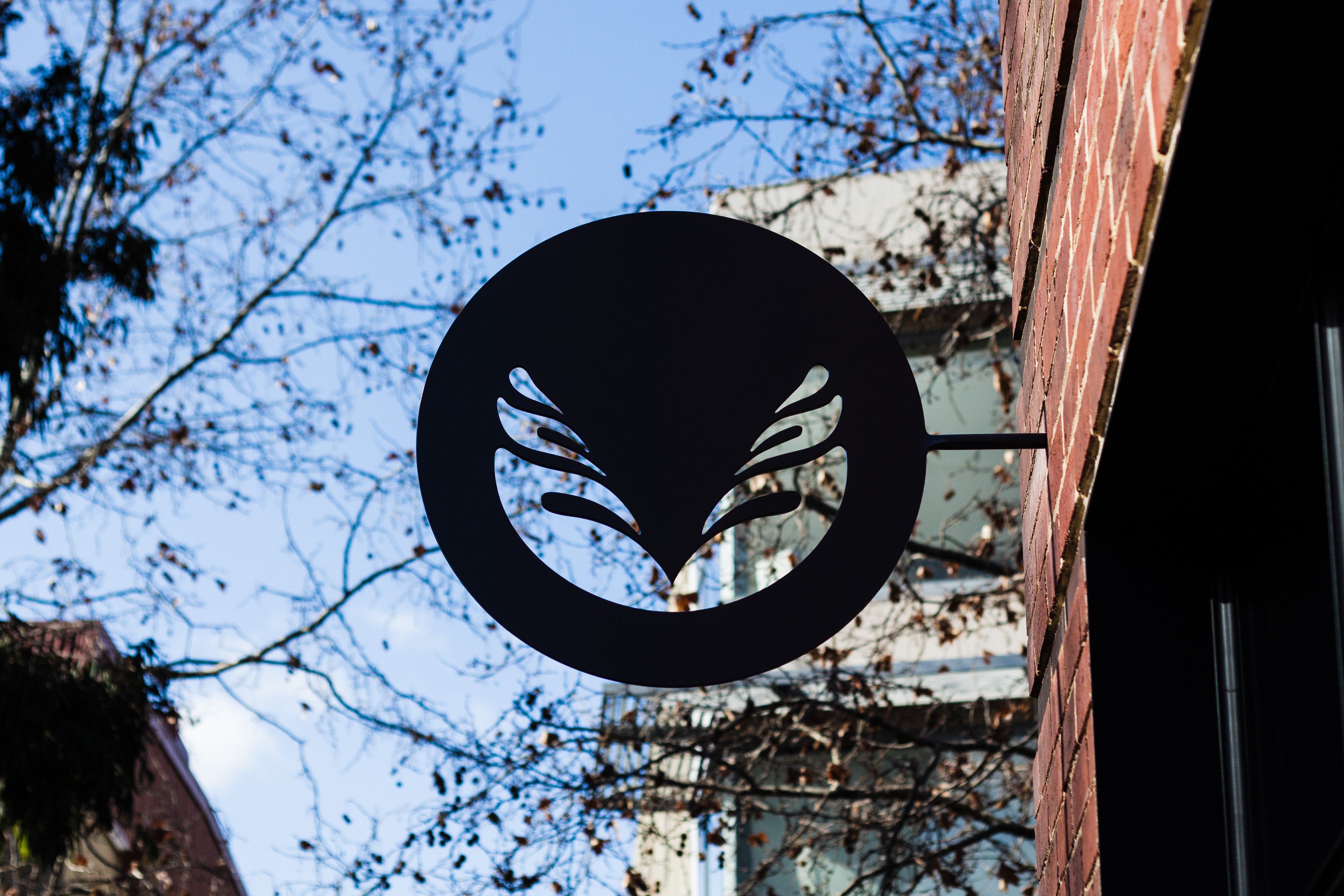By Jack Allisey, Veneziano Green Bean Buyer
Some of the most common questions that we get asked revolve around just what happens to the coffee cherry after it’s picked from the tree and goes through the sometimes confusing “processing” stage. So, we’re here to break it down for you. Coffee processing accounts for all of the stages from the time the cherry has been picked to when it’s finally sent to the dry mill and prepared for shipping. Every country, region and farm has their own unique processing method. With differences in pulping, fermentation, water, drying method and many more creating infinite combinations.
Before talking about processing, it’s important to have a basic understanding of the makeup of the coffee cherry. For each coffee cherry there are four layers surrounding the two beans grown in the middle. The first layer is the skin or pulp, similar to the skin of a cherry. This layer should be removed within a few hours of harvest, except for in naturally processed coffees. Below the pulp lies the sugary mucilage layer, a sticky, sweet layer that surrounds each seed also sometimes referred to as the honey layer. Beyond the mucilage, a layer of cellulose surrounds and protects each bean which, when dried, becomes crispy and flaky. The final layer before the coffee is the thin silver skin or chaff. This is the final layer that is left on the green coffee bean and separates from the bean during the roasting process. With all processing, the end goal is to dry it to a point where it can be sent to the dry mill and hulled leaving just the coffee bean with silver skin attached after which it can be sorted and packed for export.
Despite the infinite combinations possible to process and dry coffee, these can be broken down into three main categories: washed, pulped natural (or honey) and natural.
WASHED COFFEE
Washed coffee is the most common technique used the world over, and is perhaps the most labor intensive. After the coffee is harvested, the pulp is removed by a de-pulping machine and the sweet, sticky mucilage remains. The mucilage can be removed via two methods, either mechanical separation or fermentation. For mechanical separation the mucilage covered beans are put through a de-mucilage machine which uses high pressure water and agitation to clean the mucilage off. For fermentation the coffee is transferred into a clean holding tank where naturally present enzymes and bacteria break down the mucilage layer. Depending on the desired flavour profile, the fermentation stage can either be done with or without the use of fresh water to aid the process. This process can take anywhere from 6-72 hours. Once the mucilage is easily separated from the beans they are rinsed clean before being sent for drying. This can either be done on large concrete drying patios, raised African style beds or in large mechanical dryers. After the drying phase, the beans are referred to as parchment or “in parchment” and can be stored like this until they need to be hulled and packed for shipment.
Washed coffee tends to have higher acidity levels than other methods and also improved clarity of flavours.
If you like complex acid and vibrant flavour expression this is the method for you.
NATURALLY PROCESSED COFFEE
Naturally processed (or dry processed) coffee is the next most common processing technique.
This involves taking the coffee directly from the tree and setting the coffee out to dry, leaving the entire cherry intact. This increased contact time with the cherry can impart the final green bean with the flavour of coffee cherry. Remember the fermentation that happens in washed coffee? This is happening here too, however it is within direct contact with the bean meaning you end up with those big fruit driven flavours that natural coffees are famous for. The two major options that producers have when producing natural coffee is whether to carry out selective picking, meaning only ripe cherries are picked from the trees and put out to dry, or as cherries that are left to partially dry on the tree before being picked and finished on the patios or drying beds.
Naturally processed coffees are common to Brazil and Ethiopia, however more producing countries are trying their hand at this method, as good naturals are increasingly sought after in the specialty coffee industry.
In a well processed natural, look for a high body, intense sweetness, and distinct fruity notes.
PULPED NATURAL COFFEE
Pulped natural, honey and semi-washed are all different names for essentially the same thing.
Pulped natural processing is a hybrid of natural and washed style coffees. It begins like the washed, with the mechanical de-pulper to remove the cherry skin, after which you are left with the sweet sticky mucilage covering the bean. The coffee is then placed out to dry on patios or beds instead of going through the fermentation or rinsing that a washed coffee would then go through.
This sweet coating stays with the bean throughout the drying process, infusing the coffee with a definite sweetness. Like all processing methods, this is a very delicate drying process, with the coffee needing constant attention and turning to ensure that even drying is achieved.
Similar to the washed process coffee, producers are able to manipulate the final flavour profile. By setting the pulper tighter or looser than can remover more or less of the coffee pulp and mucilage which means more or less sugar in contact with the bean during the drying. Some countries, such as Costa Rica, will classify different levels of honey processing dependent on how much mucilage is removed (white, yellow, red or black honey). This processing method lowers acidity and increases body without some of the risk that comes with naturally processed coffee.
So hopefully this gives you a basic introduction to the world of processing coffee. Our microlot program features different processing methods from around the world, make it part of your own coffee education to try multiple methods from different countries. You may be surprised!
Check out the shop for the current available microlots.



